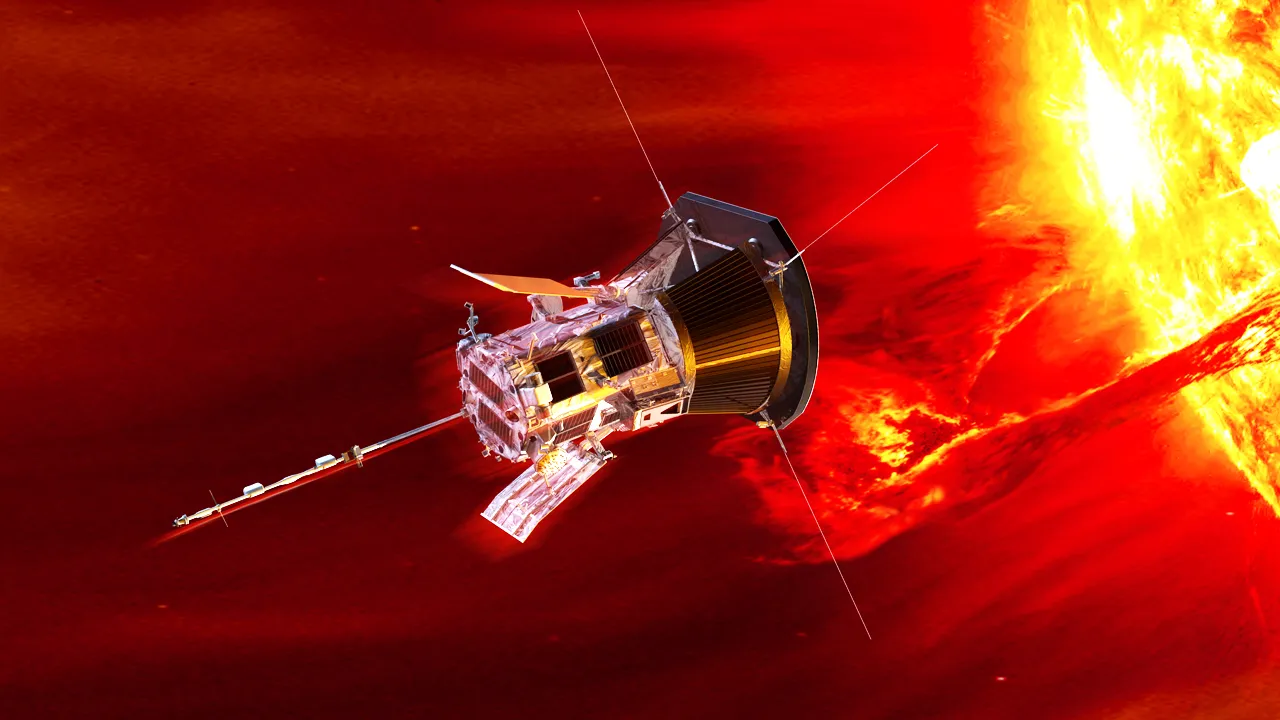The Sun has been bustling with activity and a sunspot the size of Earth has rapidly developed on the surface.
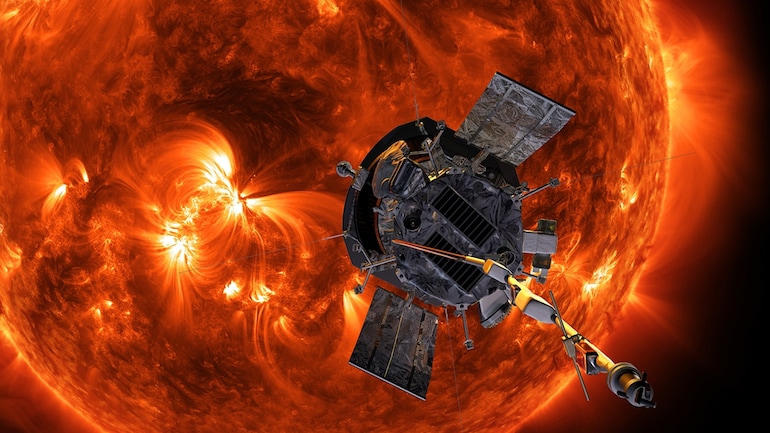
The Parker Solar Probe conducted its 13th closest approach to the Sun, getting closer than ever to the star at the center of our solar system. The close approach is eventful as the Sun has completely changed since the probe was launched from Earth in 2018.
While data will be processed from the approach in due time, scientists are excited about the findings as they noted that Solar Cycle 25 is already exceeding predictions for solar activity, even with the solar maximum not to come for another three years.
The Sun has been bustling with activity and a sunspot the size of Earth has rapidly developed on the surface, hurtling several flares. The high level of activity was taken into consideration while planning the 13th approach, which took the spacecraft as close as 5.3 million miles from the Sun.
“The Sun has changed completely since we launched Parker Solar Probe during the solar minimum when it was very quiet. When the sun changes, it also changes the environment around it. The activity at this time is way higher than we expected,” Nour Raouafi, Parker Solar Probe project scientist said in an update.
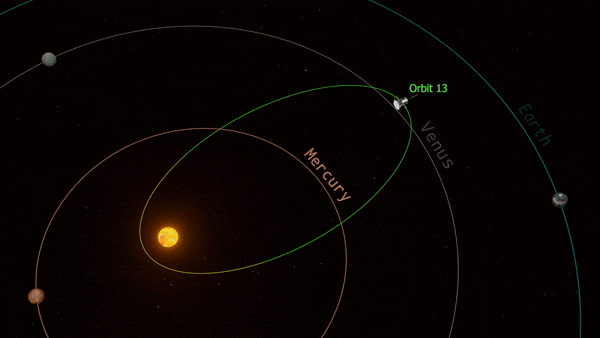
The probe is yet to fly through a solar event like a solar flare or a coronal mass ejection (CME) during one of its close encounters, and the team is hopeful it would have caught one such development on the Sun this time.
“Nobody has ever flown through a solar event so close to the Sun before. The data would be totally new, and we would definitely learn a lot from it,” Raouafi added. The spacecraft has, however, imaged a small number of CMEs from a distance, including five during the spacecraft’s 10th encounter with the Sun in November 2021.
The probe has been designed to understand the Sun in new detail and unravel its physics, which could help in better predicting space weather, which can affect electric grids, communications and navigation systems, astronauts and satellites in space, and more.
The latest approach comes just days after the European Solar Orbiter was hit by a corona mass ejection, while it was close to Venus. A coronal mass ejection is one of the biggest eruptions from the Sun’s surface and while the European Space Agency maintains that there has been no negative impact on the probe flying close to Venus, more data is being downloaded for analysis.
Recent Posts
- Astronomers detect first direct image of black hole expelling a powerful jet
- WhatsApp rolling out ‘reply with message’ feature within call notifications
- Multi-Device Pairing May Be Arriving for Apple Watch this Year
- Artificial Intelligence Discovers Hidden Giant, a Planet 5 Times Larger Than Jupiter
- Google CEO Sundar Pichai Talks Bard & The Future Of Search
Recent Comments
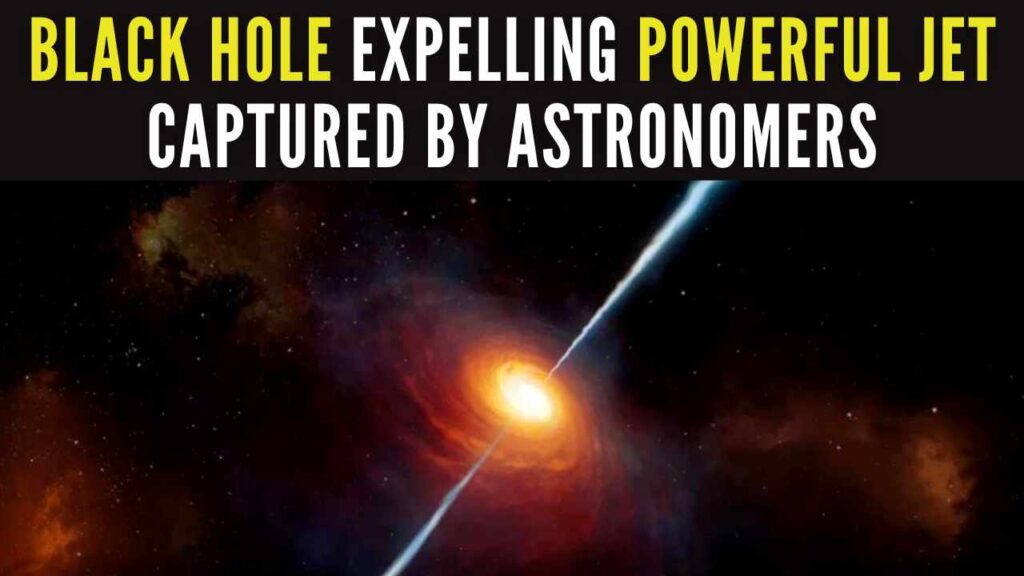
Astronomers detect first direct image of black hole expelling a powerful jet
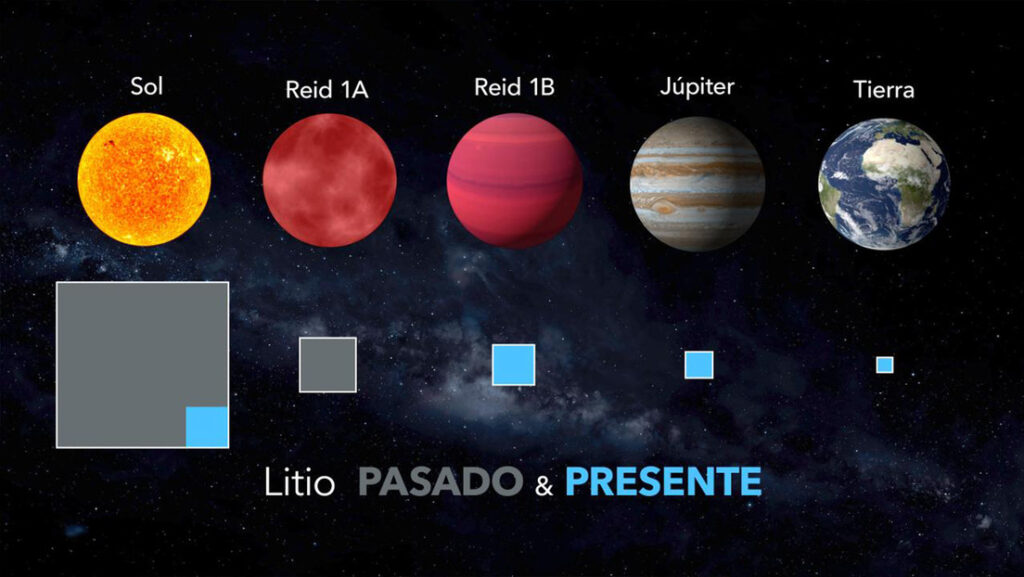
Artificial Intelligence Discovers Hidden Giant, a Planet 5 Times Larger Than Jupiter

Scientists explain melting of Antarctic ice sheet dating back 9,000 years
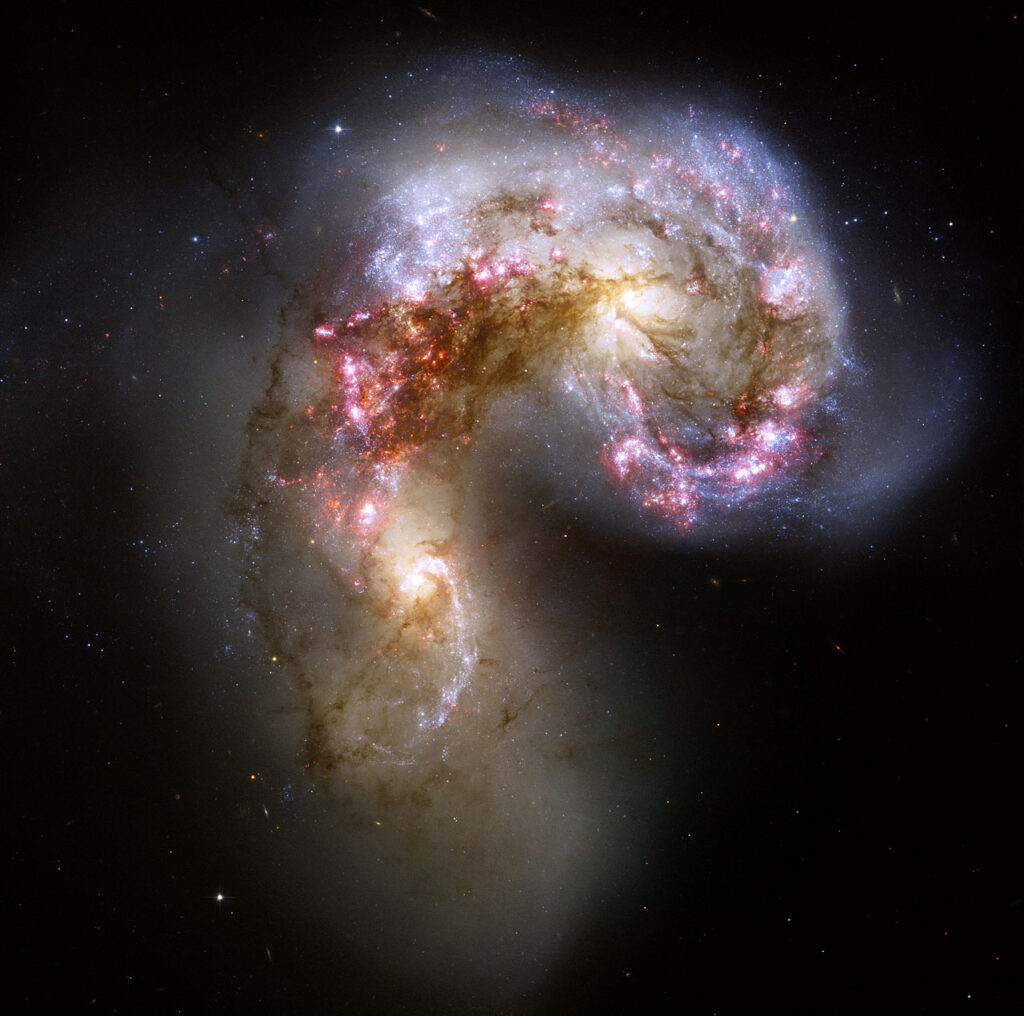
An Unexpected Discovery: Hubble, ESA's Gaia Spot Double Quasar That Existed Over 10 Billion Years Ago

Astronomers detect first direct image of black hole expelling a powerful jet

WhatsApp rolling out ‘reply with message’ feature within call notifications

Multi-Device Pairing May Be Arriving for Apple Watch this Year


